Optical Gas Imaging - OGI
Optical Gas Imaging (OGI) is a technology in today’s environmental landscape, especially when it comes to minimising harmful emissions. Adopted by leaders in the environmental monitoring sector, like TP Europe, OGI has revolutionised the approach to detecting and managing gas leaks, emphasizing accuracy, safety, and efficiency. As the demands for sustainable practices grow the value of Optical Gas Imaging cannot be overlooked.
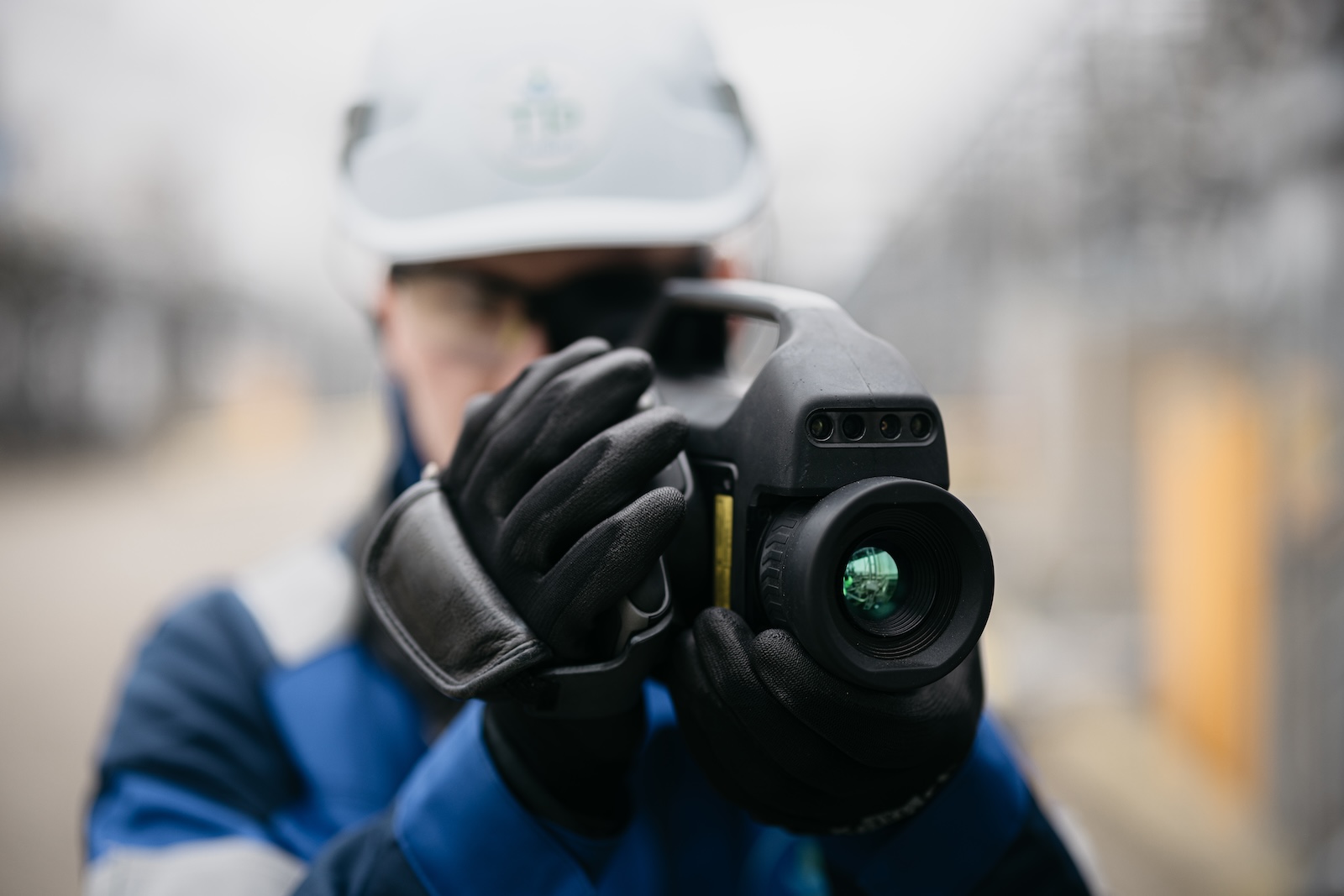
Unveiling OGI’s Role in LDAR Solutions at TP-Europe
At TP Europe, we’ve pioneered the use of OGI in Leak Detection and Repair (LDAR) to meet the global standards. Embracing Optical Gas Imaging shows our technical skills and also drives real-time accurate results for our clients. This enables them to adopt greener practices and reduce operational risks.
Transition from Traditional to OGI Methods
The evolution of leak detection has been marked by the move from traditional methods to more sophisticated ones like OGI. Whereas traditional methods were often intrusive, time-consuming, and inaccurate, OGI offers a stark contrast in all these areas.
Table: Traditional Methods vs. OGI
| Parameter | Traditional Methods | OGI |
|---|---|---|
| Accuracy | Moderate | High |
| Time Consumption | High | Low |
| Intrusiveness | High | Minimal |
| Safety | Moderate | Enhanced |
| Real-time Monitoring | No | Yes |
Technical Edges: What Makes TP Europe's OGI Unique
- Precision: Our OGI equipment is calibrated to detect even the smallest of gas leaks, ensuring nothing goes unnoticed.
- Real-time Visualisation: Our cameras provide immediate visual feedback, allowing for immediate action and decision-making.
- Safety: The ability to detect leaks from a distance eliminates the need for close proximity to potential leak sources, reducing risks.
- Sustainability: Detecting and repairing leaks promptly means less environmental impact, aligning with global green initiatives.
- Advanced Algorithms: Our software integrates machine learning and artificial intelligence to improve detection rates and offer predictive maintenance insights.
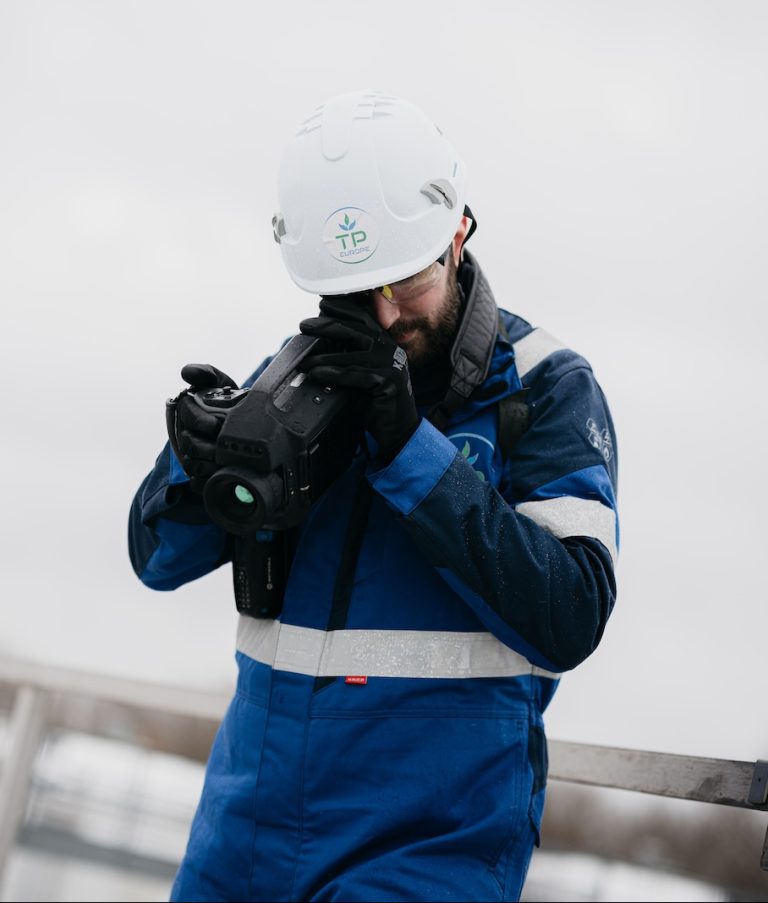
Ensuring Continuous Monitoring: Embracing Real-time OGI Technologies
Continuous monitoring is no longer a luxury; it’s a necessity. The environmental implications, coupled with the economic repercussions of undetected leaks, are too significant to ignore.
- Immediate Alerts: Real-time OGI ensures that any irregularities are flagged instantly, allowing for immediate action.
- Data Analytics: Harnessing the power of data, our OGI systems analyze patterns and trends, ensuring that our clients are always a step ahead.
- Cloud Integration: Our systems are integrated with cloud platforms, ensuring that data is accessible anytime, anywhere, and on any device.
- User-friendly Dashboards: We’ve made it simple. With intuitive dashboards, clients can easily monitor and manage their operations without wading through complex data.
By adopting real-time OGI technologies, tpeurope-em ensures that our clients are equipped with the tools and insights they need to operate efficiently, safely, and sustainably.
Realizing Optimal OGI Capacities for Comprehensive LDAR
LDAR (Leak Detection and Repair) has been evolving, with Optical Gas Imaging (OGI) emerging as a paramount tool to optimize processes. Here at tpeurope-em, we harness the full capacity of OGI to drive excellence in LDAR solutions.
Advanced VOC Detection and Management
Volatile Organic Compounds (VOCs) present one of the most significant challenges in the industry. Efficient and precise detection is key to effective management. With advancements in OGI, we’ve been able to redefine VOC detection standards.
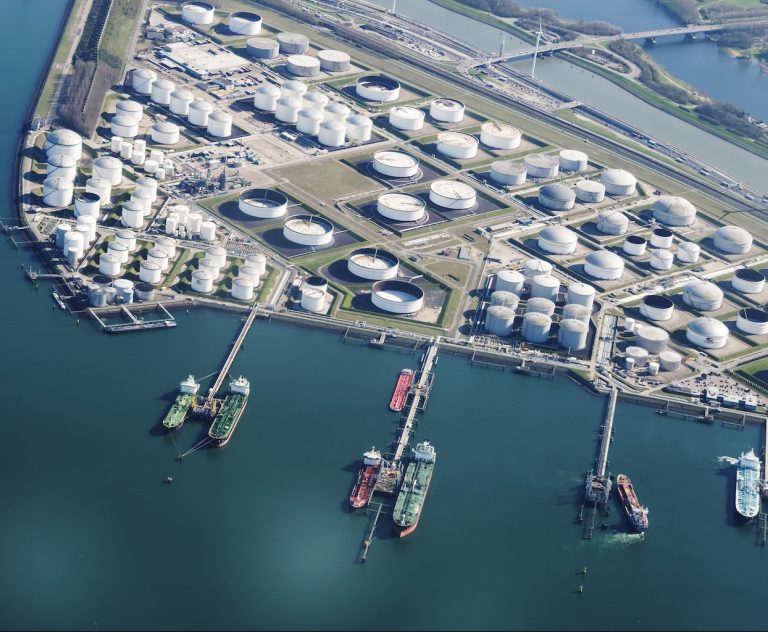
Insights into Storage Tank Emission Challenges
- Ineffective Seals: Over time, seals can degrade, leading to minor leaks that accumulate significant emissions.
- Operational Anomalies: Operational errors or equipment malfunctions can cause sudden emission spikes.
Strategies for Diffuse VOC Emission Control During Transit
- Routine OGI Scans: Regular monitoring using OGI helps detect potential leak points, ensuring immediate remedial actions.
- Advanced Seal Technologies: Incorporating cutting-edge sealants and containment methods significantly minimizes emissions during transit.
- Training and Awareness: Our team is extensively trained to handle VOC-sensitive materials, ensuring that human error is minimized.
Addressing Irregular Venting: Proactive Measures
- Real-time OGI Monitoring: Constant surveillance using OGI identifies irregular venting patterns as they occur.
- Automated Alerts: Our systems are designed to flag anomalies immediately, ensuring rapid response times.
- Predictive Maintenance: By analyzing data from our OGI systems, we can predict potential venting issues and rectify them before they escalate.
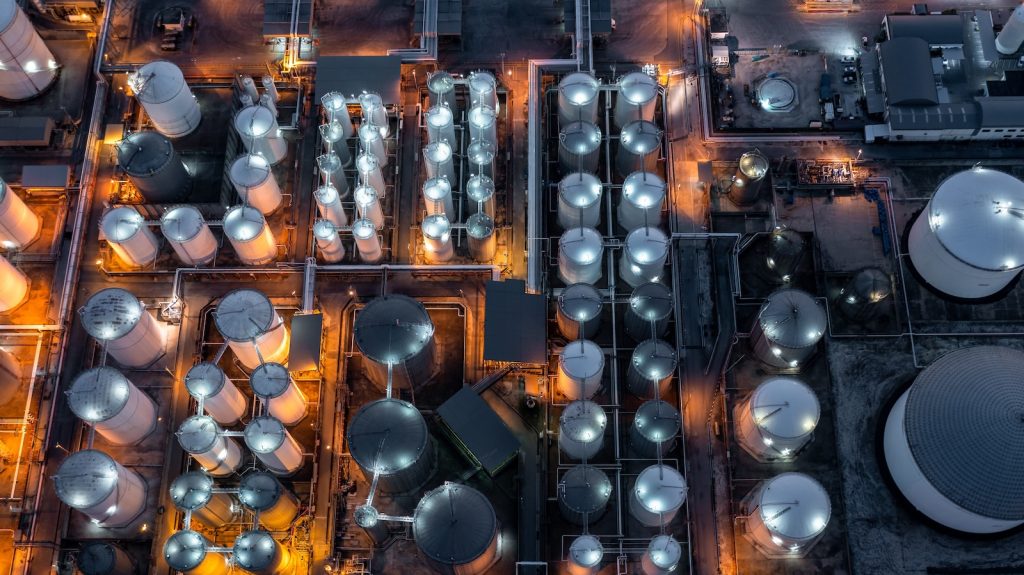
LDAR Safety Enhancements through OGI
Remote Surveillance: Revolutionizing Safety Protocols
- Distance Monitoring: OGI allows for the detection of leaks from a safe distance, ensuring personnel are not exposed to harmful VOCs or other hazardous compounds.
- Real-time Alerts: Equipped with advanced sensors, our OGI tools instantly send alerts during anomaly detection, prompting immediate action while ensuring personnel safety.
- Minimized Physical Contact: In many instances, remote surveillance means technicians no longer need to physically access potentially dangerous zones. This greatly reduces risks associated with exposure or accidents.
| Aspect | Traditional LDAR | OGI-enhanced LDAR |
|---|---|---|
| Detection Distance | Close proximity required | Long-distance capability |
| Alert System | Often manual | Instant and automated |
| Required Physical Access | Frequently | Significantly reduced |
| Safety Risks | Elevated due to proximity | Drastically minimized |
Aiming for Excellence: Aligning with OGMP 2.0 Gold Standards
- Continual Upgrades: Our tools and protocols are regularly updated to align with the evolving standards set by OGMP.
- Expertise & Training: Our team undergoes rigorous training, ensuring they are well-versed with OGMP 2.0 protocols and can seamlessly integrate them into our operations.
- Audits & Checks: Adherence to OGMP 2.0 isn’t just a one-time effort. We conduct regular audits, ensuring we’re not just meeting but surpassing the gold standards.
- Transparency & Reporting: As part of our commitment, we ensure transparency in our processes and operations, allowing for third-party assessments and reinforcing our dedication to excellence.
The Quantitative Turn: Advancing Emission Detection at tpeurope-em
In the rapidly evolving world of emission detection, tpeurope-em stays at the forefront. Our commitment to innovation has led us to embrace the FLIR GFx320’s Q-Mode, an advanced mechanism that epitomizes precision and reliability. Here’s how this technology is transforming the way we address emissions:
Unpacking the Precision of FLIR GFx320’s Q-Mode
FLIR GFx320’s Q-Mode isn’t just an innovation—it’s a revolution. By amplifying the traditional capabilities of Optical Gas Imaging (OGI), it offers unparalleled accuracy in emission detection.
The Journey from Visual Assessments to Quantitative Insights
- Subjectivity: The outcome depended largely on the analyst’s expertise and perception.
- Time-Consuming: Manual inspections took time and often required repeated checks.
- Objective Assessments: The technology provides quantifiable data, removing subjectivity from the equation.
- Speed and Efficiency: Real-time data gathering ensures faster assessments and immediate actions.
- Depth of Data: Beyond just detecting, it provides in-depth data, helping analysts understand the magnitude, type, and potential cause of emissions.
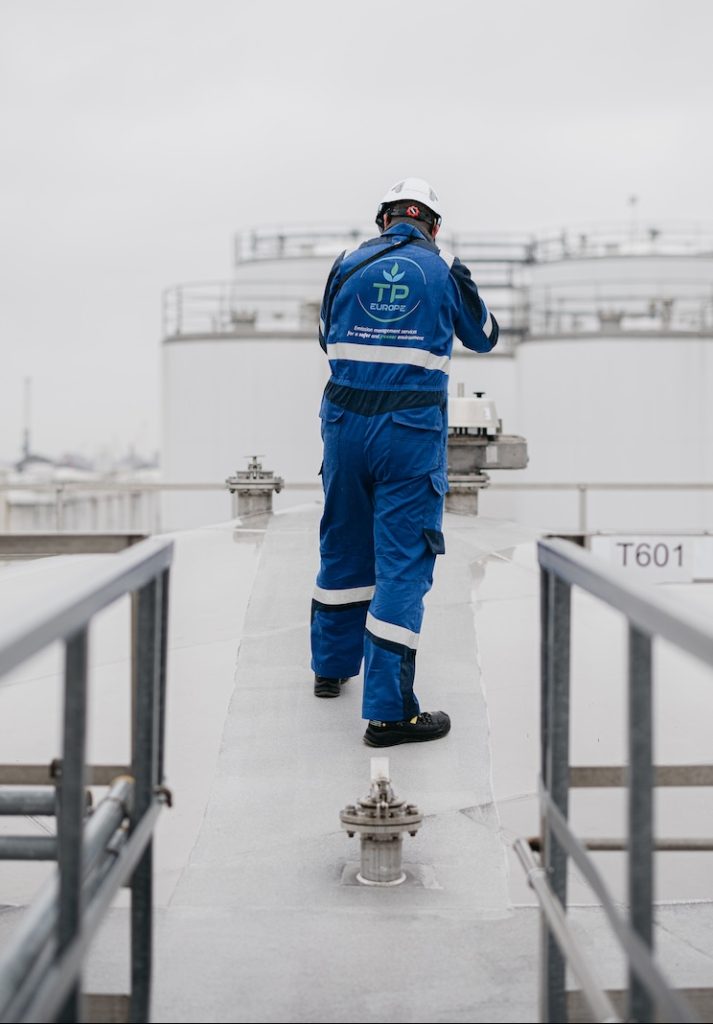
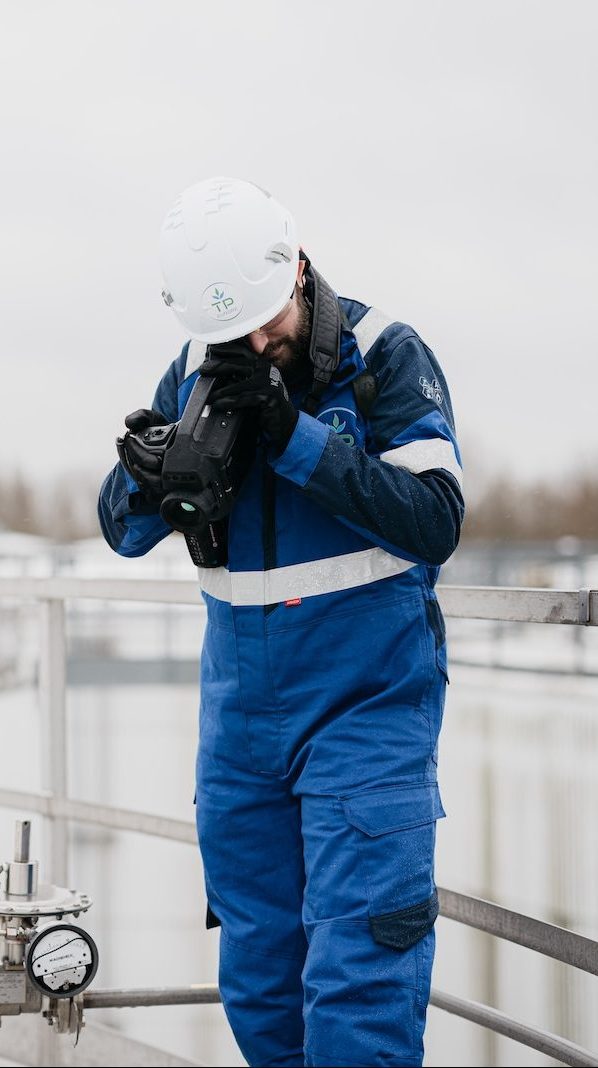
Traditional Visual vs. Quantitative OGI Approach
| Aspect | Traditional Visual Approach | Quantitative OGI (FLIR GFx320) |
|---|---|---|
| Method | Subjective | Objective |
| Time-Efficiency | Moderate | High |
| Depth of Information | Basic | Comprehensive |
| Reliability | Depends on Analyst | Consistently High |
The Rise of Data-Centric Approaches for Accurate Detection
- Predictive Analysis: By analyzing patterns and trends in emission data, potential future leak sites can be predicted and prevented.
- Integrated Systems: The data collected seamlessly integrates with other systems, ensuring a holistic view of operations and aiding in better decision-making.
- Compliance and Reporting: With detailed data logs, adhering to environmental regulations and generating compliance reports becomes straightforward.
The Quantitative Turn: Advancing Emission Detection at tpeurope-em
In the rapidly evolving world of emission detection, tpeurope-em stays at the forefront. Our commitment to innovation has led us to embrace the FLIR GFx320’s Q-Mode, an advanced mechanism that epitomizes precision and reliability. Here’s how this technology is transforming the way we address emissions:
Unpacking the Precision of FLIR GFx320’s Q-Mode
FLIR GFx320’s Q-Mode isn’t just an innovation—it’s a revolution. By amplifying the traditional capabilities of Optical Gas Imaging (OGI), it offers unparalleled accuracy in emission detection.
The Journey from Visual Assessments to Quantitative Insights
Historically, emission detection was heavily reliant on visual assessments—analysts would manually inspect areas for potential leaks or anomalies. While effective, it had its set of limitations:
- Subjectivity: The outcome depended largely on the analyst’s expertise and perception.
- Time-Consuming: Manual inspections took time and often required repeated checks.
Enter FLIR GFx320’s Q-Mode. With its quantitative approach, it overcomes the traditional bottlenecks:
- Objective Assessments: The technology provides quantifiable data, removing subjectivity from the equation.
- Speed and Efficiency: Real-time data gathering ensures faster assessments and immediate actions.
- Depth of Data: Beyond just detecting, it provides in-depth data, helping analysts understand the magnitude, type, and potential cause of emissions.
Traditional Visual vs. Quantitative OGI Approach
| Aspect | Traditional Visual Approach | Quantitative OGI (FLIR GFx320) |
|---|---|---|
| Method | Subjective | Objective |
| Time-Efficiency | Moderate | High |
| Depth of Information | Basic | Comprehensive |
| Reliability | Depends on Analyst | Consistently High |
QL320 in Focus: A Breakthrough in OGI Technology
Pioneering Features that Define LDAR Excellence
The QL320 isn’t just another piece of equipment; it’s an epitome of advanced engineering and thoughtful design. Some of its standout features include:
Table: Key Features of QL320 and Their Impact on LDAR
| Feature | Impact on LDAR |
|---|---|
| High-Sensitivity Mode | Enhanced Leak Detection in Varied Conditions |
| Wide Spectral Response | Comprehensive VOC Monitoring |
| Real-time Quantitative Data | Informed, Immediate Decision-making |
| Extended Battery Life | Continuous Surveillance without Operational Disruptions |
Safety and Precision Synergy: The Holistic Way Forward
- Safety First: With its ability to detect even the minutest of leaks from a distance, field operators are not exposed to potential hazards. The ability to identify and quantify gas leaks remotely significantly reduces the risk associated with close proximity to hazardous gases.
- Uncompromised Precision: Safety doesn’t come at the cost of accuracy. The QL320, with its advanced detection algorithms and robust build, promises results that are precise, reliable, and repeatable.
OGI Beyond Today: Envisioning the Future at tpeurope-em
In the ever-evolving landscape of Optical Gas Imaging (OGI), anticipating the future has become more crucial than ever. At tpeurope-em, we’re not just observers but active participants, steering the course of OGI innovations and setting benchmarks for the industry. As we look beyond the present, here’s a deep dive into the innovations and trends that are poised to shape OGI’s future.
Innovations and Trends Shaping OGI’s Tomorrow
Emerging technologies and evolving industry requirements are continually pushing the boundaries of OGI. From AI-driven analytics to quantum leaps in resolution, tomorrow’s OGI solutions are poised to be more efficient, accurate, and versatile.
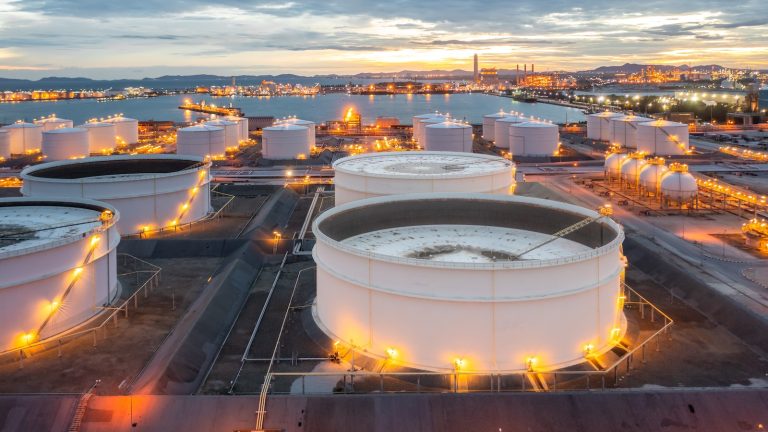
- AI and Machine Learning: These technologies are driving automated detection, ensuring faster and more precise leak identification.
- Enhanced Resolution and Sensitivity: The future will see OGI cameras that can detect even the slightest emissions from greater distances, ensuring both safety and efficiency.
- Integration with IoT: Real-time data transmission and analysis will become more streamlined as OGI tools seamlessly integrate with the broader Internet of Things ecosystem.
Table: Evolution of OGI – From Past to Future
| Aspect | Past | Present | Future |
|---|---|---|---|
| Detection Speed | Manual Detection | Semi-Automated | Fully Automated with AI |
| Resolution | Standard | High-Resolution | Ultra-High-Resolution |
| Connectivity | Standalone Devices | Cloud Connectivity | Full IoT Integration |
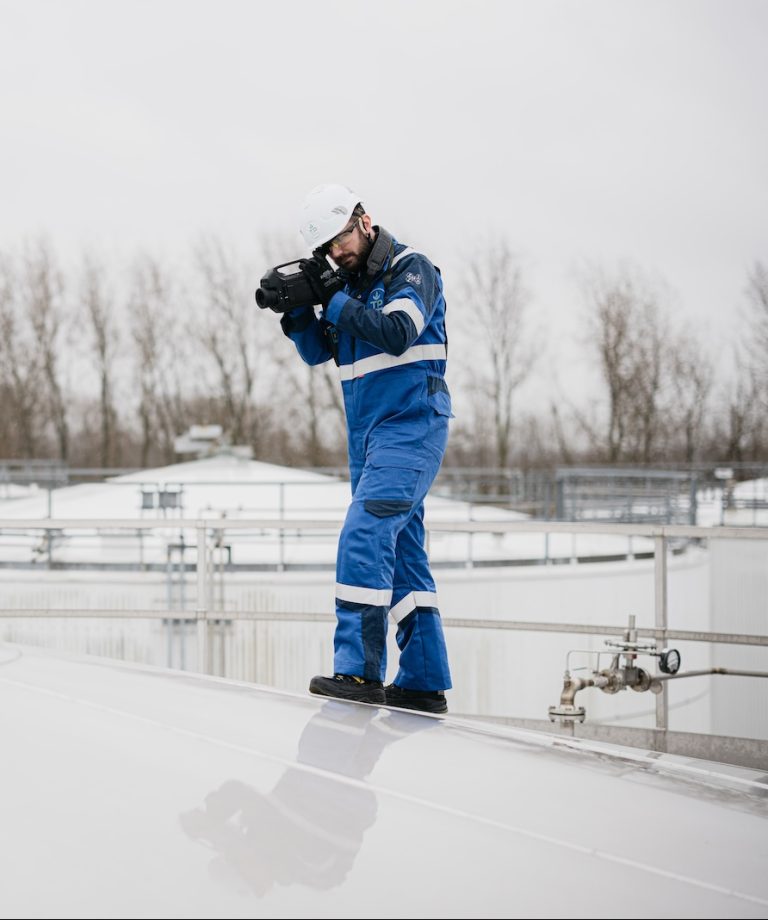
Directing the Industry to Next-gen Detection Mechanisms
While traditional OGI methods have served the industry well, tpeurope-em recognizes the need for advancement. By embracing next-generation detection mechanisms like advanced spectral analysis, adaptive algorithms, and nano-tech sensors, we’re gearing up to redefine OGI standards. These breakthroughs are not merely for enhanced detection; they promise operational efficiency, reduced environmental footprint, and substantial cost savings for businesses.
Upholding Research Excellence for Future-Ready OGI
Research and development form the backbone of tpeurope-em’s commitment to the OGI sector. We’ve invested time, talent, and resources into understanding industry needs, challenges, and the technological avenues that can address them. From collaborating with global research institutions to fostering in-house talent, our quest for excellence ensures that we’re not just prepared for the future – we’re shaping it.
Sustainability at the Core of tpeurope-em’s LDAR Initiatives
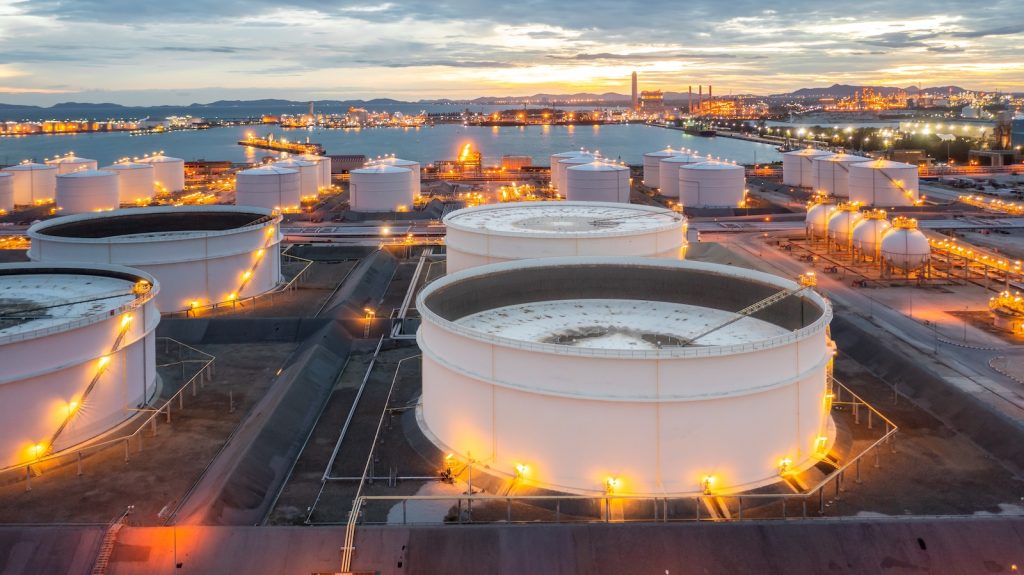

Reducing VOC Footprint: A Commitment to the Environment
Volatile Organic Compounds (VOCs) are notorious for their environmental impact, contributing to smog formation and posing health risks. Recognizing this, our primary objective has always been to minimize the VOC footprint of industries we serve.
Table: Impact of Reduced VOC Emissions
| Benefit | Details |
|---|---|
| Air Quality Improvement | Reduction in smog and particulate matter, leading to clearer, cleaner air. |
| Health Benefits | Lower VOCs mean reduced respiratory issues and a decrease in related diseases. |
| Ecosystem Preservation | Reduced ground-level ozone ensures the well-being of flora and fauna. |
| Climate Change Mitigation | Lower VOCs translate to decreased greenhouse gas emissions. |
Our cutting-edge OGI technology, paired with continuous R&D, allows us to detect even the minutest VOC emissions. This ensures immediate corrective action, keeping emissions well within permissible limits, and often, significantly below.
Strengthening Environmental Advocacy through Advanced OGI Practices
- Collaborations & Partnerships: We’re continually seeking collaborations with environmental agencies, NGOs, and other stakeholders, fostering a shared vision of a greener future.
- Education & Training: Hosting workshops, webinars, and training sessions, we equip industry players with knowledge and best practices in OGI, emphasizing its role in sustainability.
- Policy Advocacy: Working closely with regulators, we push for stricter emission standards, ensuring industries evolve to be more environmentally conscious.
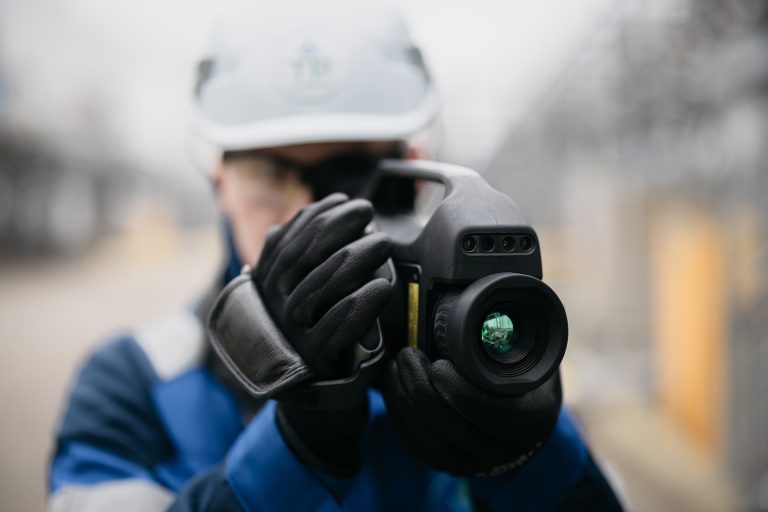
CCO TP Europe.
Joey, Chief Commercial Officer at TP Europe, thrives in sales, drawing satisfaction from client happiness and the company's growth. His dedication to staying connected to the field and ambition for global expansion are key to driving our mission forward.
Published: Tp Europe
